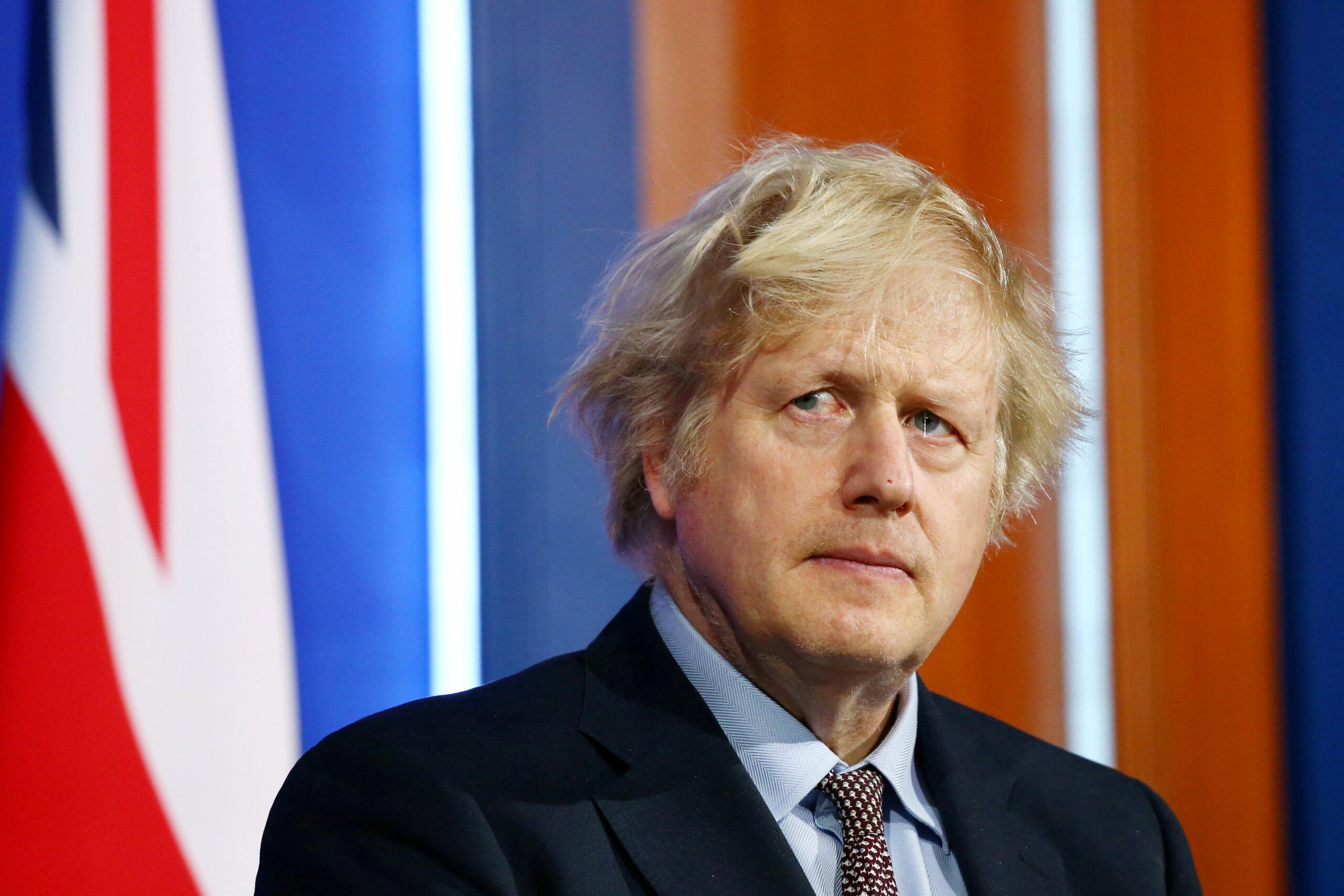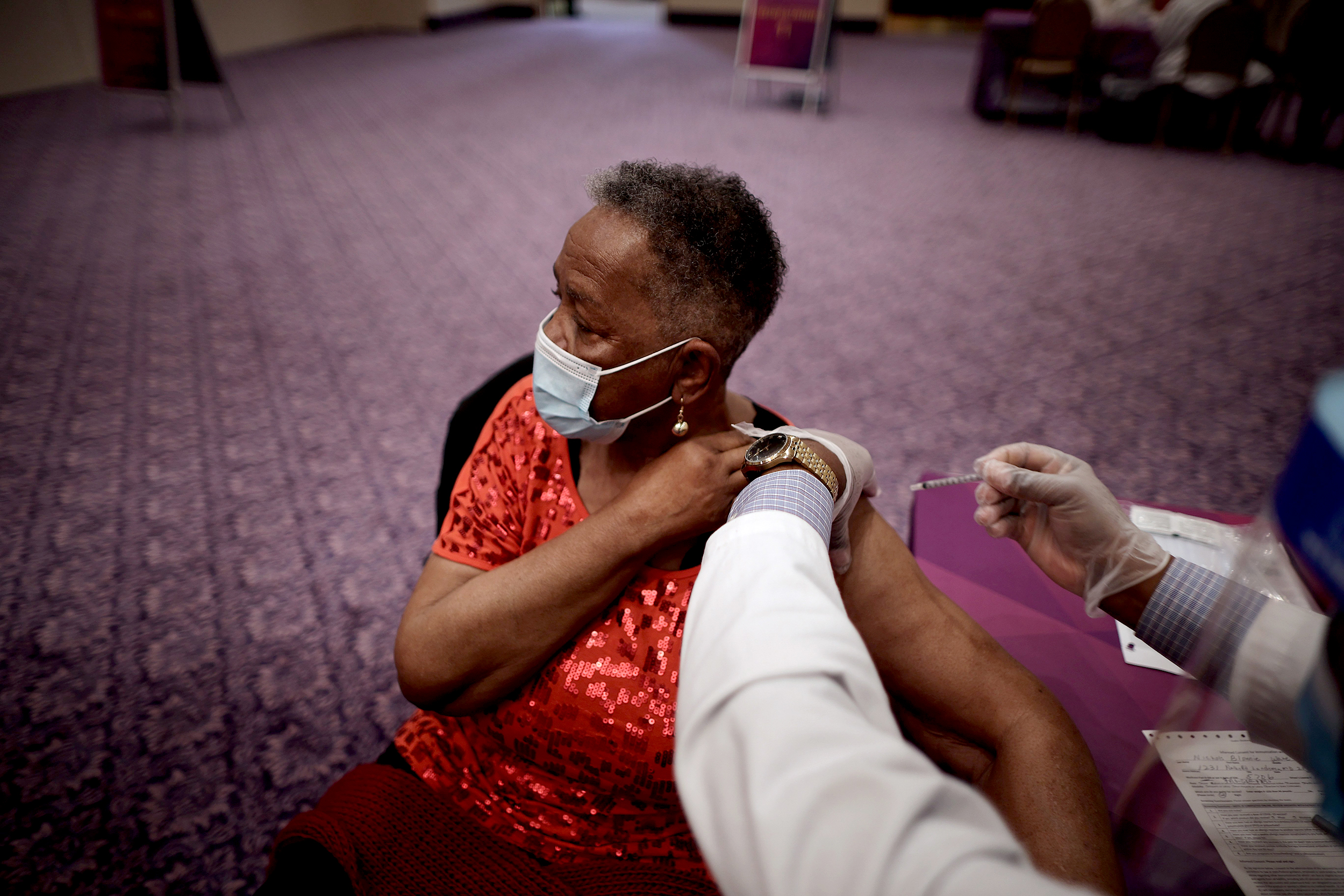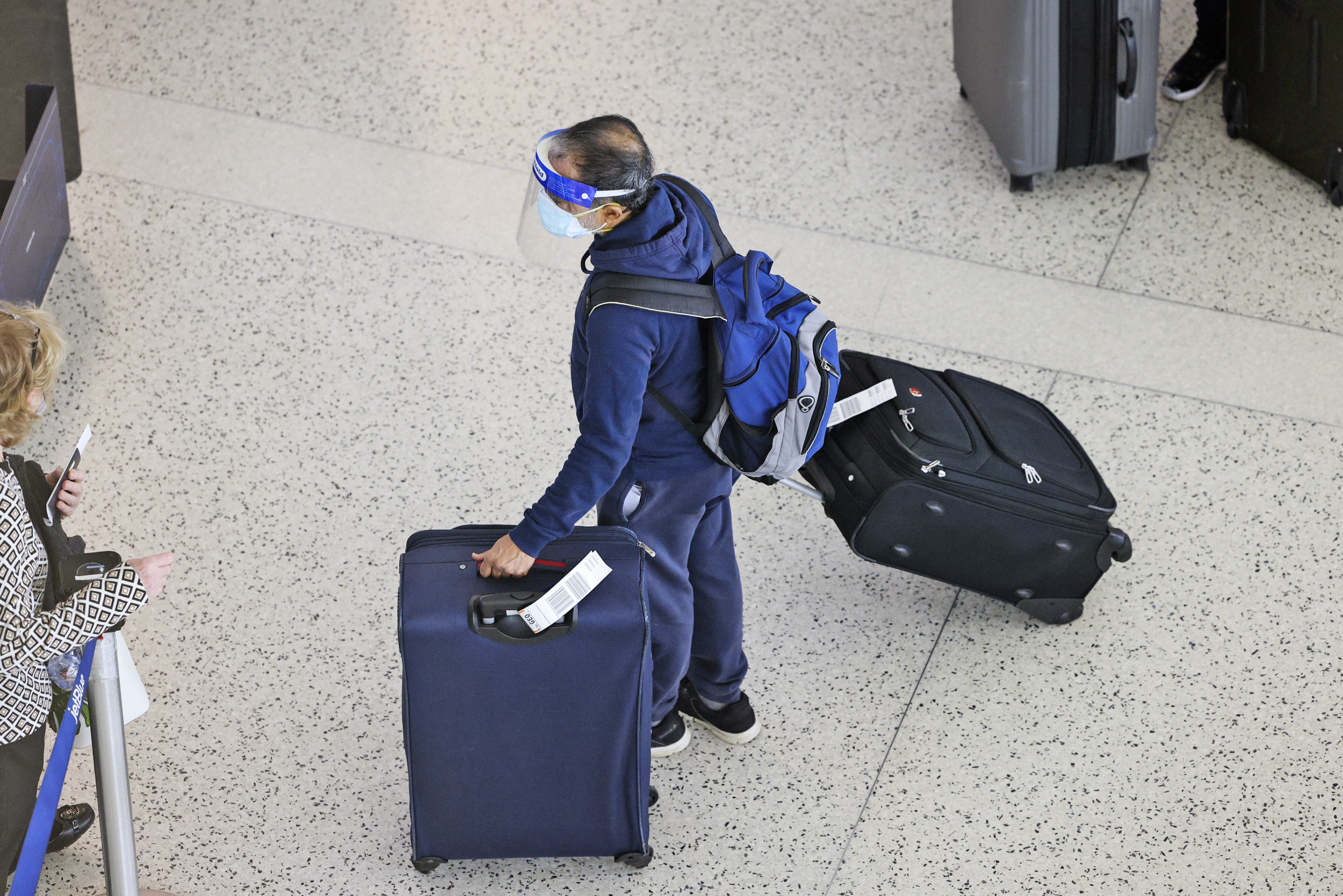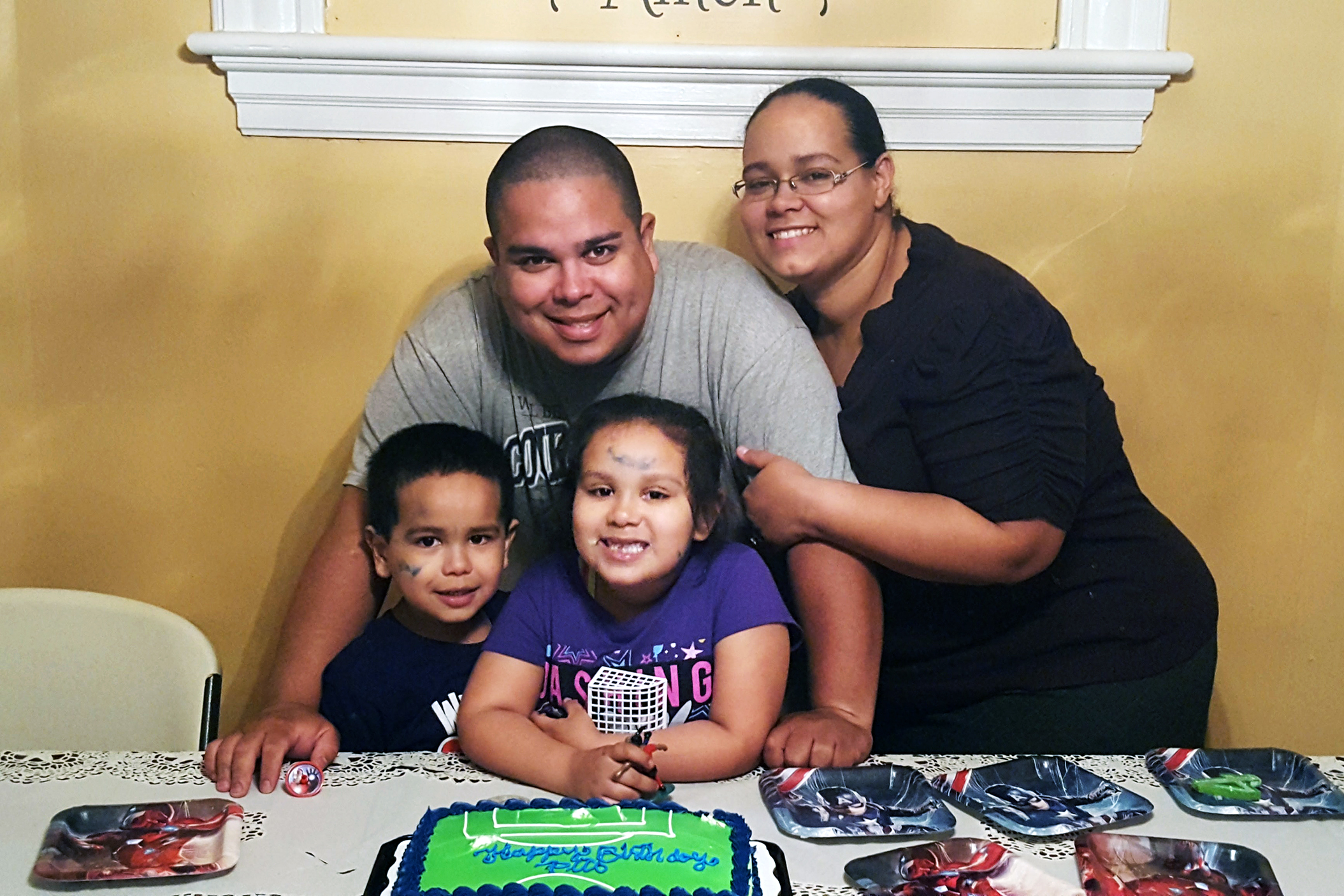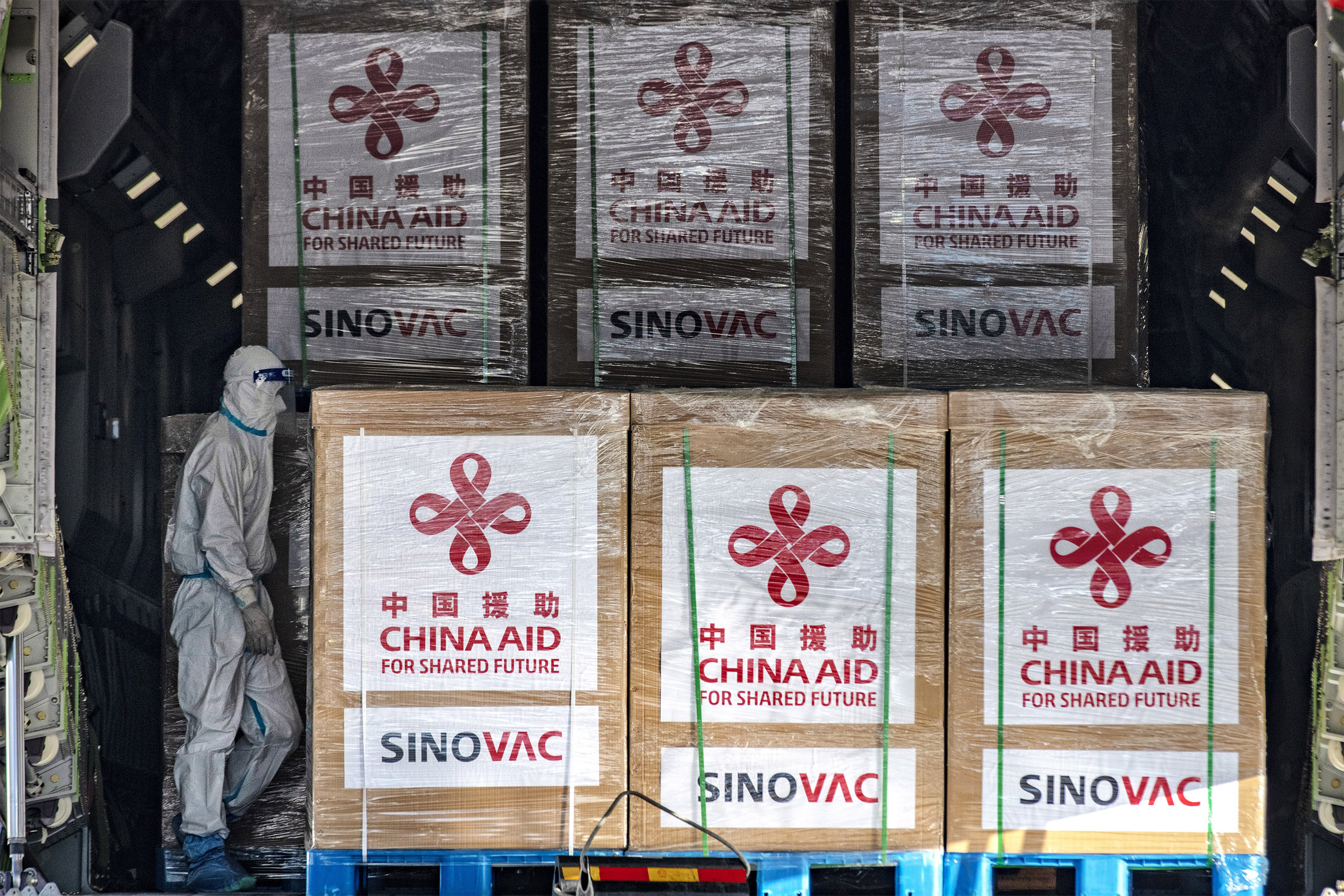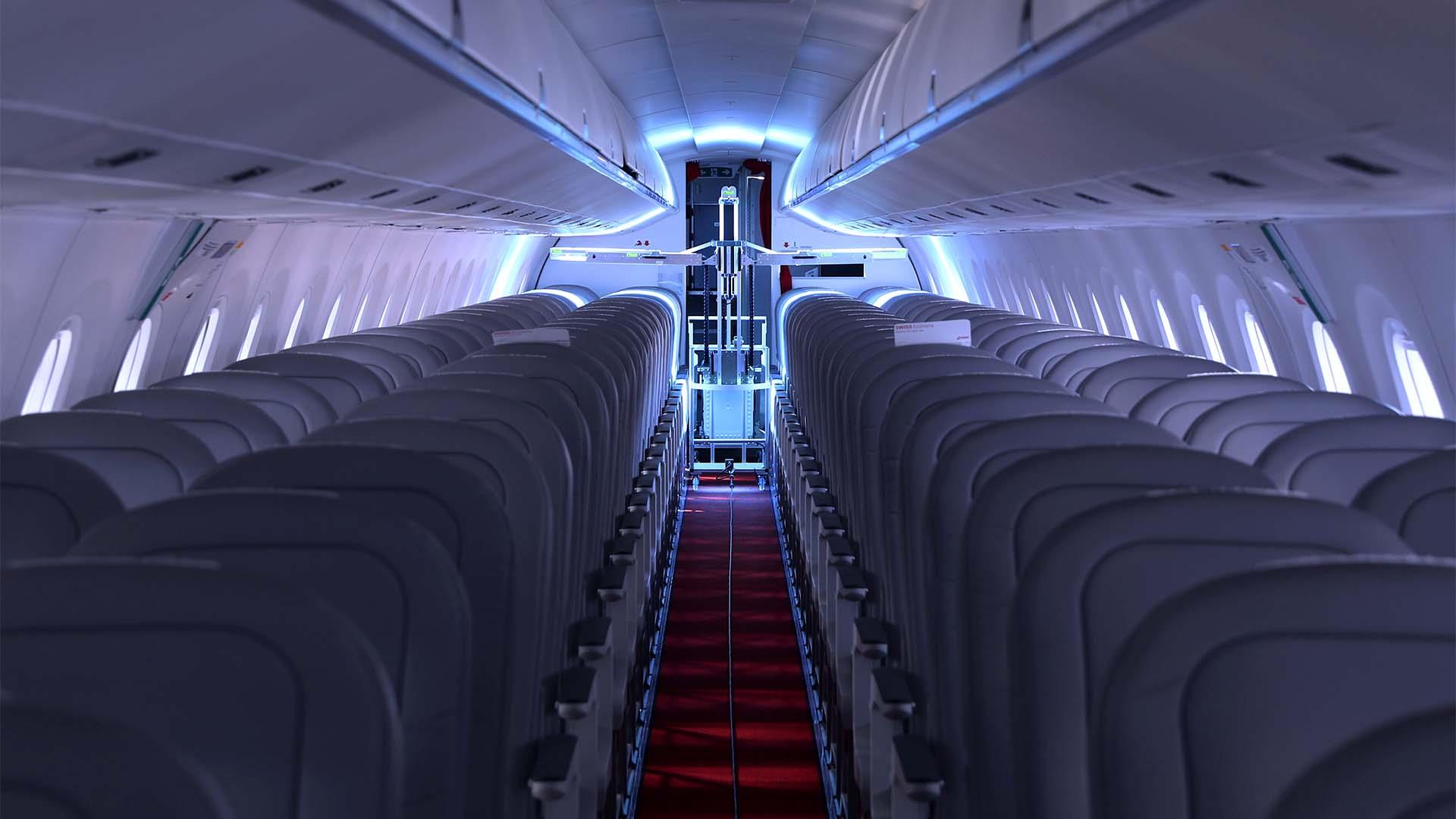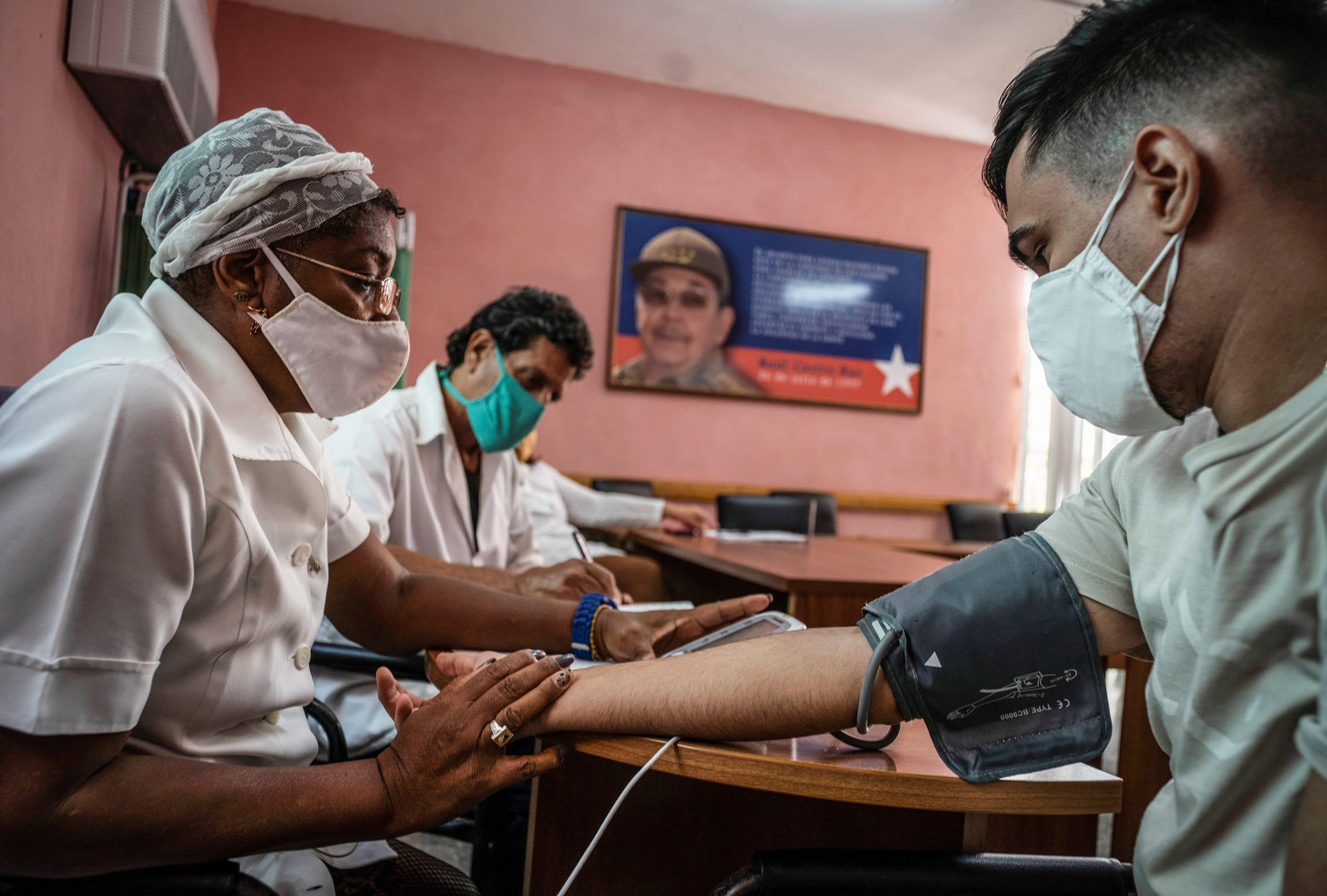Crowds of masked shoppers walk around the Citadel Outlets on November 27 in Los Angeles. | Dania Maxwell/Los Angeles Times/Getty Images
Car culture can lead SoCal residents to feel more isolated, especially after months of strict and confusing guidelines.
In the early, uncertain days of the pandemic, city life was under attack. A Twitter cohort of self-appointed pundits began declaring that a middle-class migration was nigh, that Americans were rapidly leaving urban centers for sprawling suburban and rural areas. News outlets ran op-eds that seemed to bolster these claims, from writers who assumed that there was a correlation between population density and the coronavirus infection rate.
“Density Is New York City’s Big ‘Enemy’ in the Coronavirus Fight,” read a New York Times headline from March. “Angelenos like their single-family sprawl. The coronavirus proves them right,” declared a Los Angeles Times op-ed


